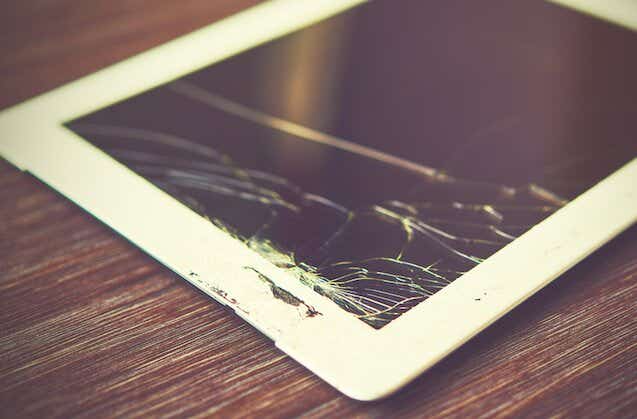Compare home insurance quotes
See a range of home insurance quotes in just a few minutes when you compare with Uswitch
While you may expect your home insurance policy to cover you for mishaps such as breakages and spillages, this type of cover is not always included as standard.
Protection for these incidents is known as accidental damage cover and can be added on to your insurance policy if it's not already included — this should be made clear when you’re shopping around for a quote, or you can check your policy documents to see if you’re covered with your current insurer.
Accidental damage normally refers to a one-off incident that harms either your property or its contents — general wear and tear isn’t covered.
Read on to see which types of accidents are covered and which aren’t.
Accidental damage – what’s covered and excluded?
What's included in your accidental damage cover will depend on if you have a buildings, contents or combined policy.
If you have accidental damage cover on your contents insurance policy, you'll usually be covered if, for example, you accidentally knock over and break your TV. You wouldn’t be able to claim if it simply stopped working.
Portable items like laptops and mobile phones are often not included. Check with your insurer if you’re unsure, or consider adding personal possessions cover (more on this below).
Some examples of what may be included in accidental damage cover on a contents insurance policy:
Spillages on carpets and furniture
Knocking over vases, ornaments, etc.
Accidental damage to small electricals (TVs, games consoles, etc.)
You can also add accidental damage cover to your buildings insurance policy. Again, you won't be covered for wear and tear or damage caused by poor maintenance, but could claim for events such as:
A window smashed by an errant football
Broken doors
Cracked floor tiles
You'll also be covered for some types of DIY disaster on a buildings accidental damage policy. You should be able to claim for minor accidents like putting your foot through the ceiling or accidentally drilling through a pipe, but you won't be covered if you attempt to take on major renovation work that you're not qualified for. You can find out more about DIY and accidental damage cover in our guide.

Your insurer will need to know about any particularly valuable items, so when you compare quotes you'll be asked to specify any items worth £1,000 or more.
Do I need accidental damage cover?
While accidental damage cover isn't compulsory, it can provide valuable cover for mishaps at home.
Even if you don't have any valuable possessions, it's worth considering the cost of likely claims — for example if you had to replace your sofa or the carpet in a whole room in the event of a serious spillage or other damage.
Accidental damage cover could be particularly useful if you have children or grandchildren around the house. Damage done by children will be covered on a good accidental damage policy.
The extra level of cover can also come in handy when you're moving home, as it's very easy for items to get damaged in transit. Many insurance policies will cover for this, but check your paperwork as there may be conditions you need to meet (such as getting professional movers).
Personal possessions with accidental damage cover
If you regularly take valuable items out of the house, you may want to consider a policy where optional ‘away from home’ or personal possessions cover can be added.
Some policies include this as a standard feature for particular items – check the small print when comparing quotes for contents insurance.
When combined with accidental damage cover, this level of cover could be useful for covering items regularly taken out of the home, such as laptops, tablets and mobile phones. However, bear in mind that the excess on your home insurance policy could be higher than a standalone gadget insurance policy, so it's worth considering all your options.
Compare home insurance quotes
See a range of home insurance quotes in just a few minutes when you compare with Uswitch

